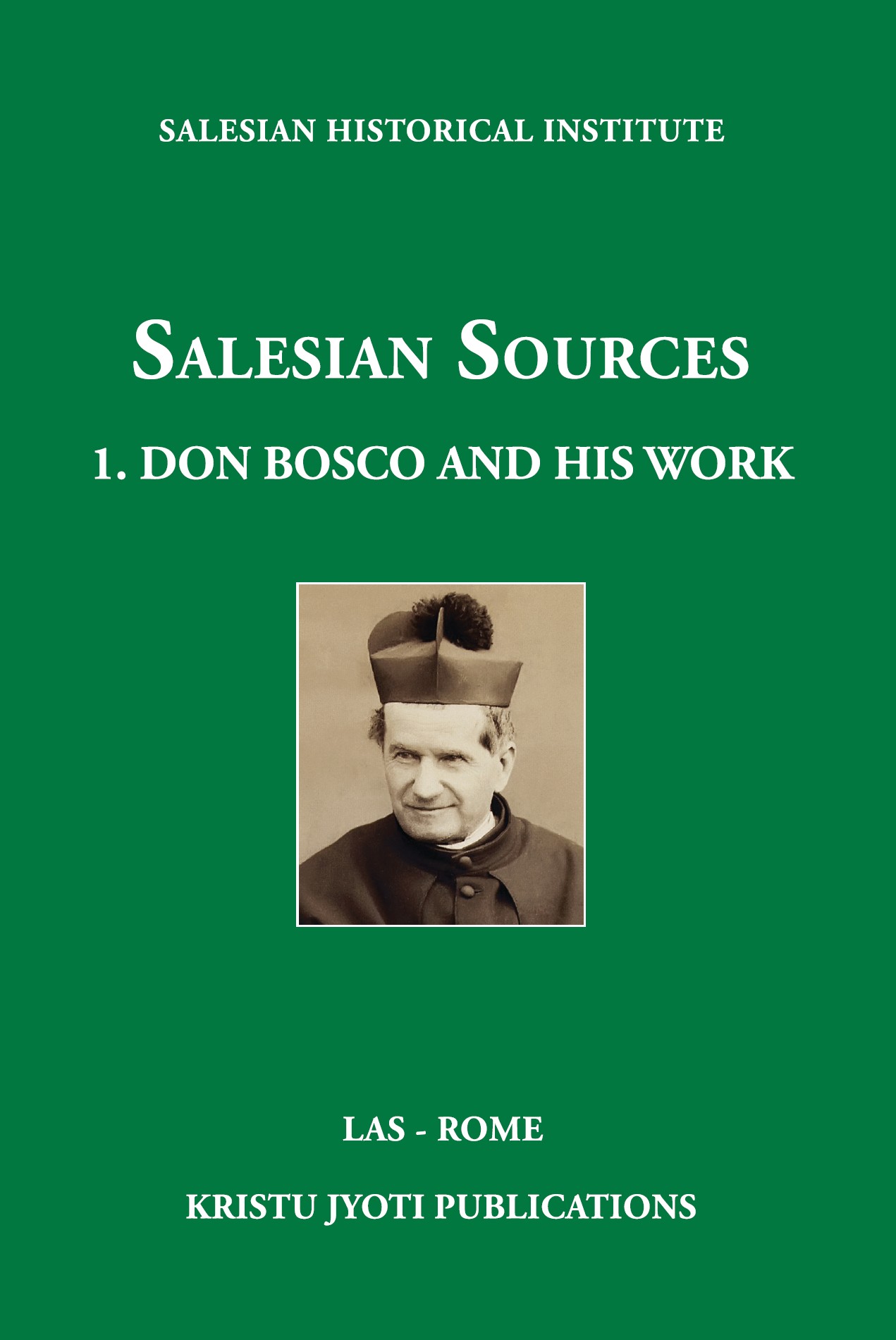The first document contained in this part (no. 225) is the oldest text of the rule that we have. It was written in beautiful handwriting by cleric Michael Rua between 1858 and 1859, beginning from an earlier draft by Don Bosco which has not been preserved. From this draft came all the other constitutional drafts up to the definitive document in 1874. To draw it up Don Bosco, who had no experience of consecrated life, had recourse to constitutions of other religious institutes.
The text, divided into nine articles—origin; purpose; form; vow of obedience; poverty; chastity; internal government; other superiors; admission—and introduced by a preface and a historical outline on the origins of the Congregation, is still at the stage of being a draft and incomplete, the result in part of experience and in part of literary elaboration. Nevertheless it already presents a range of important choices attributable to Don Bosco himself. In particular the vows, common life and form of government take on their specifically Salesian character in the way they have been formulated, in terms that go beyond simple rules and reflect the urgent spiritual needs of the founder. Coming together in a congregation is motivated by three things: the imitation of Christ the “divine saviour”, the exercise of the Christian virtue of charity and the need to renew society by taking care of the young, especially the poorest of them, and the “ordinary people”. The theme of charity, “understood as participation in divine grace and the extension of Christ’s salvific work”, is what best distinguishes the relationship between Salesians and the beneficiaries of their work. It is charity, “theologically understood and psychologically enriched, that gives a particular meaning to the classic evangelical virtues of poverty, chastity and obedience.” But the most interesting aspect is the function assigned to the Oratory and the “home attached”: consecration of Salesian religious is in function of the oratorian mission, that is, the boys to be gathered together and instructed in religion, to be given some art or trade, “as was actually done in the house attached to the Oratory of St Francis de Sales in this city”. In a word, other than models of reference, the charismatic feature emerges in this tendency of Don Bosco to give what is done at the Oratory a legal status. The second document (no. 226) is the Italian translation of the Rules or Constitutions of the Society of St Francis de Sales, published in 1875. The edition here, compared with the Latin text approved by Rome (1874), has some special features to it: certain legal clauses are rendered less clearly; the chapter on the novitiate, made up of thirteen articles, is reduced to only seven; the 9th and 10th articles of Chap XI (De acceptione)—not contracting even indifferent habits; for the glory of God and the salvation of souls being ready to put up with things like heat, cold, hunger, thirst— are transferred to Chap. XIII (Pietatis exercitia), as concluding articles, 12 and 13; an article on setting aside the Rector Major (deposing him!) in case of unworthiness is eliminated. But the most important modifications concern economic matters, formulations which effectively sanction the almost complete autonomy in the matter from any competent civil and ecclesiastical authority; it is a legal exegesis that Don Bosco formulates in a note to Article 3 of Chap. VII on Internal Government of the Society: “The Salesian Society owns nothing as a moral entity, so except in the case where it is legally approved by some government, it would not be bound by this article. For the same reason each Salesian may exercise the civil rights of purchase, sale, etc., without recourse to the Holy See.” The third document (no. 227), Rules or Constitutions for the Daughters of Mary Help of Christians aggregated to the Salesian Society (1885), is the definitive draft, the last one revised by the Founder, and in force until 1906.
Reference time period: 1858 – 1885
G. Bosco, “Constitutional documents” in “Section two. Guidelines on spiritual life for the salesians and the daughters of Mary Help of Christians” in “Part three. Writings and testimonies of Don Bosco on spiritual life” by Aldo Giraudo in “Salesian Sources 1. Don Bosco and his work. Collected works“, LAS – Kristu Jyoti, Rome – Bangalore 2017, 872-934.
Reference institution:
Istituto Storico Salesiano
